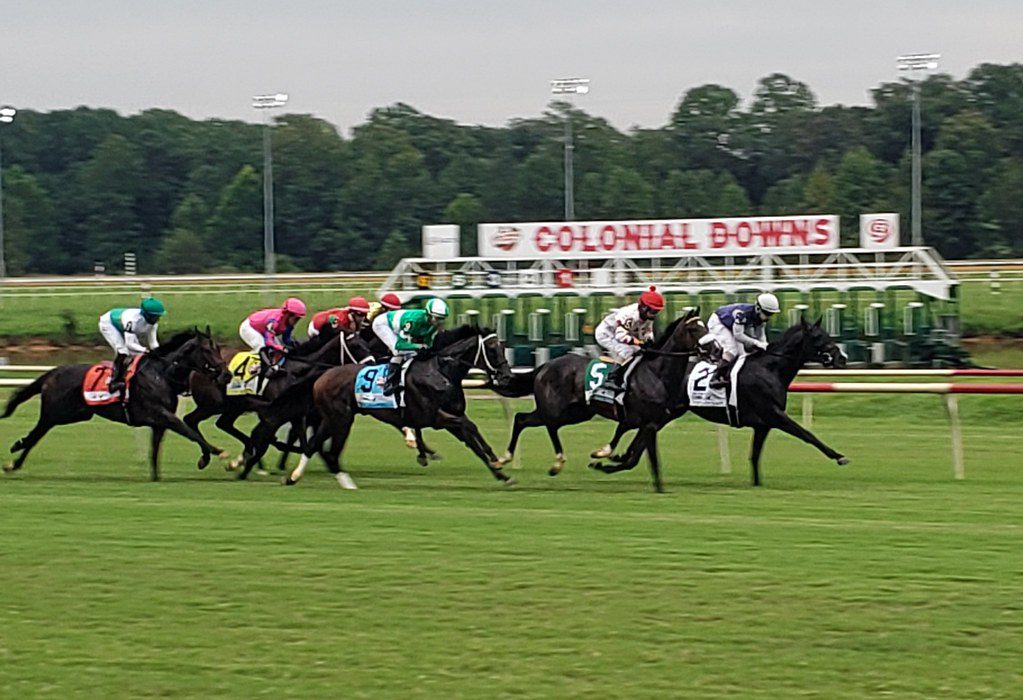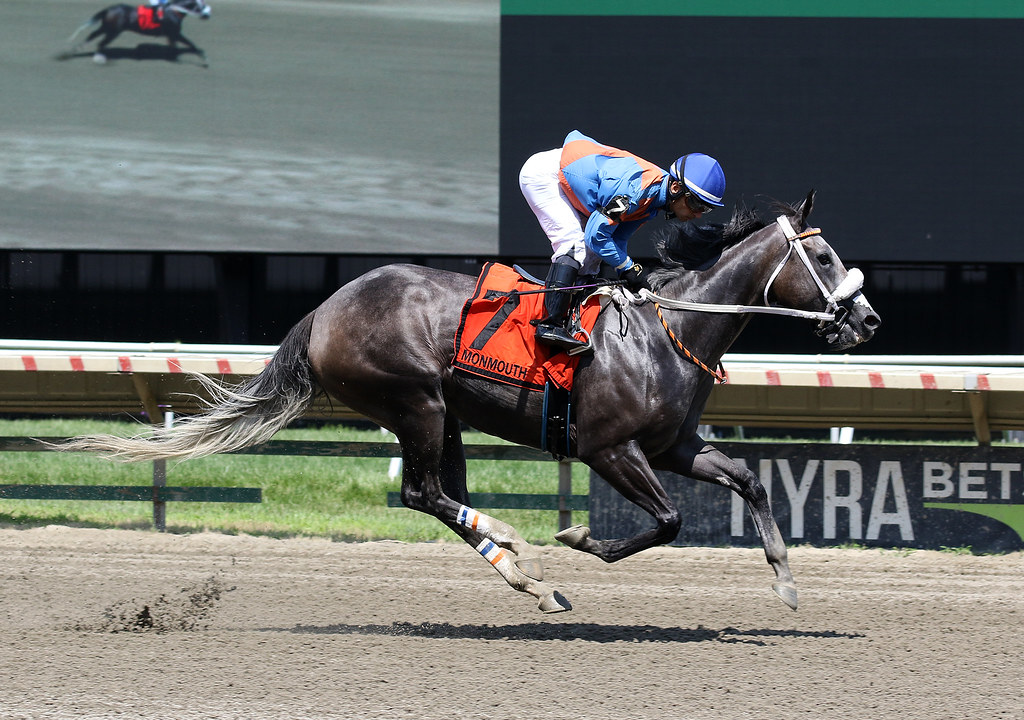[et_pb_section admin_label=”section”][et_pb_row admin_label=”row”][et_pb_column type=”4_4″][et_pb_text admin_label=”Major advertisers” background_layout=”light” text_orientation=”left” use_border_color=”off” border_color=”#ffffff” border_style=”solid” module_id=”Major advertisers”]
From a National Thoroughbred Racing Association release
The Racing Medication & Testing Consortium (RMTC) and the National Thoroughbred Racing Association (NTRA) today released a new set of test barn and chain of custody recommendations designed to encourage the use of best practices at racetracks.
The living document is a joint initiative of the RMTC and the NTRA Safety & Integrity Alliance and was announced this afternoon at the University of Arizona Race Track Industry Program’s annual Global Symposium on Racing & Gaming in Tucson, AZ.
[/et_pb_text][et_pb_text admin_label=”All advertisers” background_layout=”light” text_orientation=”left” use_border_color=”off” border_color=”#ffffff” border_style=”solid”]
“Test Barn Chain of Custody and Procedures: Considerations and Recommendations” includes best practice protocols covering: identification and supervision of horses to be tested; types of samples to be collected; chain of custody, security, identification and record-keeping within the test barn; sample collection and management; separate procedures for total carbon dioxide (TCO₂) testing; out-of-competition sampling; facility design and equipment; surveillance; and personnel.
The document can be accessed on the NTRA website.
“Pre- and post-race sampling at the racetrack test barn are the industry’s front line for ensuring fair, safe racing through medication and substance integrity,” said Steve Koch, executive director of the NTRA Safety & Integrity Alliance and moderator of today’s Symposium panel on test barns.
[/et_pb_text][et_pb_text admin_label=”Text” background_layout=”light” text_orientation=”left” use_border_color=”off” border_color=”#ffffff” border_style=”solid”]
[/et_pb_text][et_pb_text admin_label=”2nd part of story” background_layout=”light” text_orientation=”left” use_border_color=”off” border_color=”#ffffff” border_style=”solid”]
Added Dr. Dionne Benson, executive director and COO of the RMTC: “There are so many details that go into test barn and chain of custody process that, if not properly observed, can call your testing into question. This comprehensive list of recommendations will help protect tracks, horsemen and customers.”
“Test Barn Chain of Custody and Procedures: Considerations and Recommendations” has been adopted as Exhibit 6 of the 2017 NTRA Safety & Integrity Alliance’s Code of Standards, which becomes effective Jan. 1.
[/et_pb_text][et_pb_text admin_label=”Minor advertisers” background_layout=”light” text_orientation=”left” use_border_color=”off” border_color=”#ffffff” border_style=”solid”]













